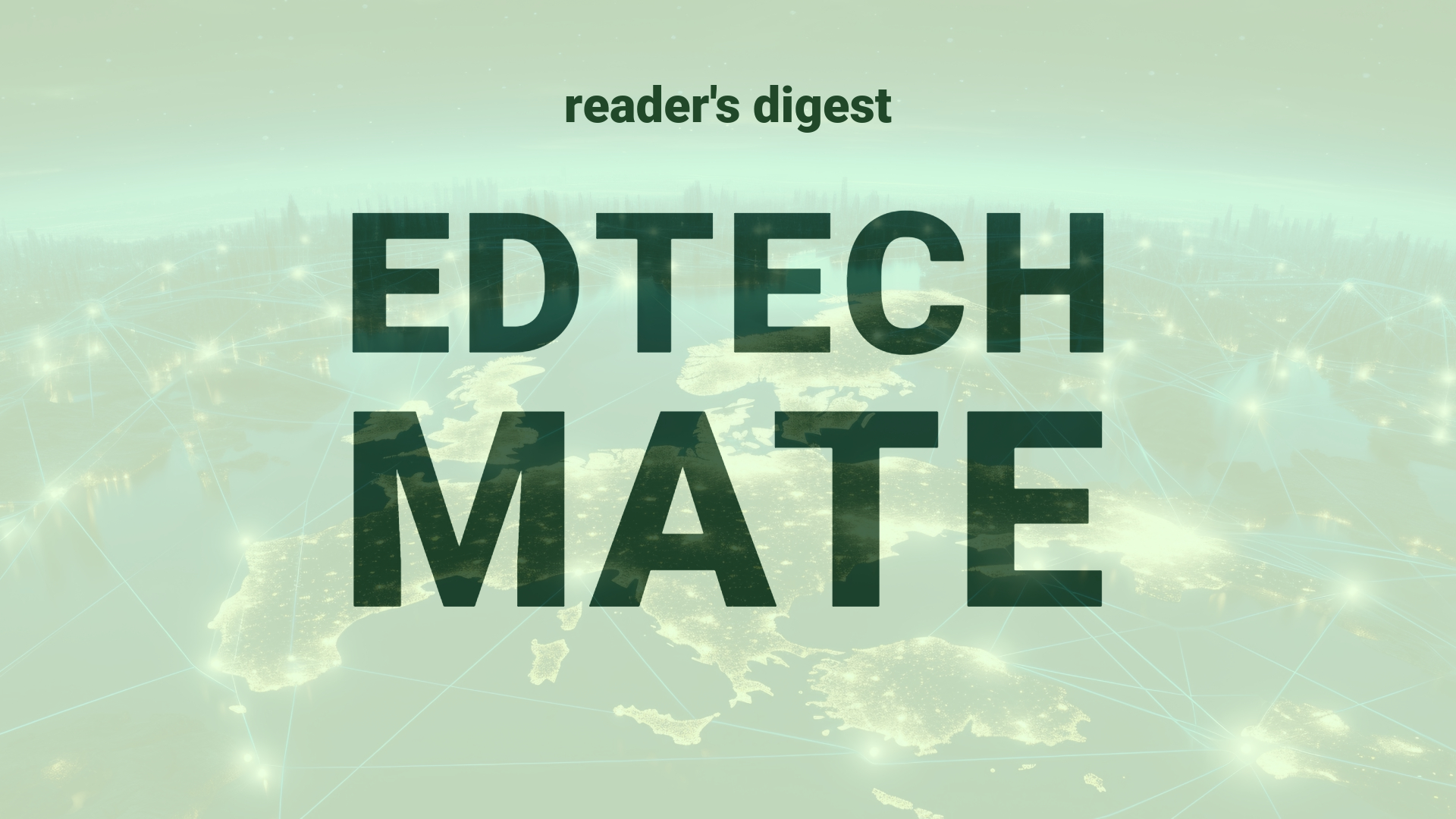Executive Summary and Main Points
In the arena of international higher education and digital transformation, the utilization of generative AI is witnessing an escalating trajectory, necessitating a focus on energy-efficient and sustainable practices. The life cycle of large language models (LLMOps) includes development, training, deployment, and maintenance, and demands judicious resource optimization. Noteworthy strategies involve the selection of existing versus custom-built models, model size considerations for energy efficiency, and optimization of performance through techniques like prompt engineering, Retrieval Augmented Generation (RAG), and fine-tuning. Additionally, deployment models such as Model-as-a-Service (MaaS) versus Model-as-a-Platform (MaaP) and their impact on resource consumption are discussed, alongside the use of Provisioned Throughput Units (PTUs) and Semantic Caching to improve efficiency.
Potential Impact in the Education Sector
The advent of sustainable generative AI practices harbors transformative implications for Further Education, Higher Education, and Micro-credentials. By leveraging pre-built models and optimizing them with prompt engineering, institutions can engage in strategic partnerships that afford access to high-quality, resource-efficient AI applications, effectively supporting the digitalization of educational services. Furthermore, the inclusion of RAG can enhance personalized learning by integrating pertinent datasets, promoting a deeper engagement with course materials. The ability to fine-tune models lends itself to tailoring AI tools for specialized courses or research, aligning with the burgeoning trend of Micro-credentials that demand a bespoke educational experience.
Potential Applicability in the Education Sector
Innovative applications of AI and digital tools in global education systems center on creating a synergy between technology and pedagogy. Through Azure AI Studio’s model catalogue, institutions can scrutinize pre-built models to meet various educational requirements, ranging from language learning to complex problem-solving. Fine-tuning allows educators to create custom models aligning with specific curricula, while tools like Semantic Kernel and prompt flow can refine the interaction with generative AI, fostering enhanced educational outcomes. These digital strategies empower the sector to cultivate a technologically adept and sustainability-conscious educational ecosystem.
Criticism and Potential Shortfalls
Despite promising advancements, criticism of these technologies focuses on their potential environmental toll—intensive energy consumption and carbon emissions—alongside ethical and cultural considerations. Comparative international case studies, such as the varied application successes between well-funded and developing institutions, underscore disparities in resource access and technological readiness. Addressing these gaps necessitates a critical evaluation of AI deployment in diverse cultural contexts, maintaining a vigilant stance on ethical AI practices to ensure fairness, transparency, and accountability across global education systems.
Actionable Recommendations
A practical pathway for integrating these technologies within educational initiatives includes (1) beginning with pre-built, smaller generative AI models that offer a compromise between customization and energy use; (2) applying prompt engineering and RAG in domain-specific learning contexts; (3) choosing deployment strategies that favor MaaS for efficiency or MaaP for broader customization, while adhering to sustainability guidelines; (4) consistently evaluating model performance and environmental impact; and (5) fostering an institutional culture that aligns with responsible and ethical AI principles. As international education leadership seeks to innovate, these strategic insights present a responsible way forward in harnessing generative AI for educational advancements.
Source article: https://techcommunity.microsoft.com/t5/azure-architecture-blog/reducing-the-environmental-impact-of-generative-ai-a-guide-for/ba-p/4118787

